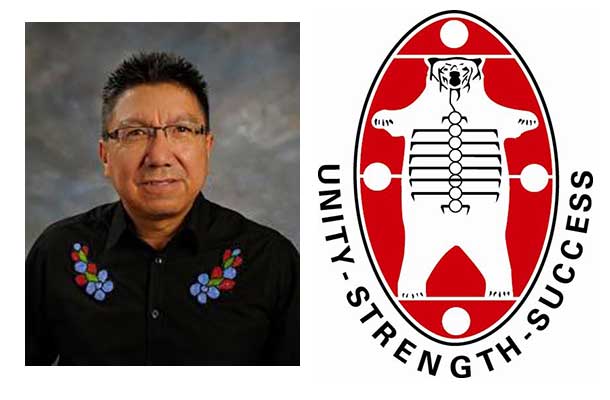TORONTO – Nishnawbe Aski Nation (NAN) Grand Chief Alvin Fiddler and representatives of the Sioux Lookout Area Chiefs Committee on Health (CCOH) have declared a Health and Public Health Emergency for First Nations in the Sioux Lookout region and across NAN territory.
“The chronic failure of the health care system for First Nations in the Sioux Look region and across NAN territory has left our communities in a state of crisis. Children are dying and lives are at risk. The fact that many First Nations still lack access to even the most basic health services is nothing short of a national tragedy,” said NAN Grand Chief Alvin Fiddler. “The many urgent and long-standing health issues that plague our communities are well-documented and the time for action is now. We are calling on all levels of government to commit to a plan of action to begin to address this crisis.”
The Health and Public Health Emergency was declared to address urgent and long-standing health issues caused by the inequality of health and health care services. Supported by Chiefs, First Nation and public health officials, the Grand Chief and First Nation leaders from the Sioux Lookout region issued a declaration calling for immediate, intermediate and long-term action strategies and are calling on the governments of Ontario and Canada to take immediate action to address this crisis, including:
1. Meet with Health Ministers to commence an investment and intervention plan, on an urgent basis.
2. Indigenous and Northern Affairs Canada to provide detailed plans and timelines indicating how First Nations communities will be provided with safe, clean and reliable drinking water.
3. Health Canada to provide detailed plans and timelines on how they will follow all the recommendations in the Auditor General’s Spring 2015 Report.
“Since returning home recently to represent my people I see a wide discrepancy of health services compared to those available in urban centres. I have my supplementary health card and I cannot access common services such as chiropractic care, dental services, registered dietician services or an optometrist in my home community. I don’t have a physician and can only access those services when I travel to Thunder Bay,” said Kitchenuhmaykoosib Inninuwug Chief James Cutfeet, a member of the Sioux Lookout First Nations Health Authority (SLFNHA) Chiefs Committee on Health.
A scathing report by the Auditor General of Canada in 2015 confirmed the continued failure of Health Canada to address the needs of First Nations when it comes to access to and the delivery of health care services in remote First Nations.
“Health care was to remain on the same level or better upon amalgamating the hospitals in Sioux lookout. We now have state-of-the-art facilities at the hospital and hostel but people still have to wait for health services and the level of health care continues to deteriorate,” said John Cutfeet, chair of the SLFNHA Board of Directors. “When will we see the commitment for improved health services?”
“Ontario has one of the best health care systems in the world, but that health care system stops at the reserve boundary. We’re going to be fighting so that from now on our children who live on the reserve will enjoy the same level of health care enjoyed by all children in Ontario,” said James Morris, SLFNHA Executive Director.
“The lack of mental health and developmental services for children and youth has never been acceptable,” said Solomon Mamakwa, Health Director with the Shibogama Health Authority and SLFNHA board member. “The health system provided to First Nations is an atrocious mess, which has led to the health crisis we are facing today. We are not even allowed to access all mainstream health services and supports. This has led to the loss of many of our people, including children. This type of system is not tolerated or acceptable in mainstream society. Why are we expected to accept this as Indigenous peoples?”
Two four-year-olds from NAN First Nations passed away in 2014 from Rheumatic Fever, an infection stemming from strep throat, a relatively minor ailment that any child in an urban area could easily be treated with antibiotics. Tragically, neither child received adequate medical attention in time.
The dire straits of the status quo health care in our First Nations is unacceptable. NAN and SLFNHA are calling on our Treaty partners, the governments of Canada and Ontario, to commit to a multilateral government-to-government to address these urgent issues and the long standing inequality of health and health care services.







